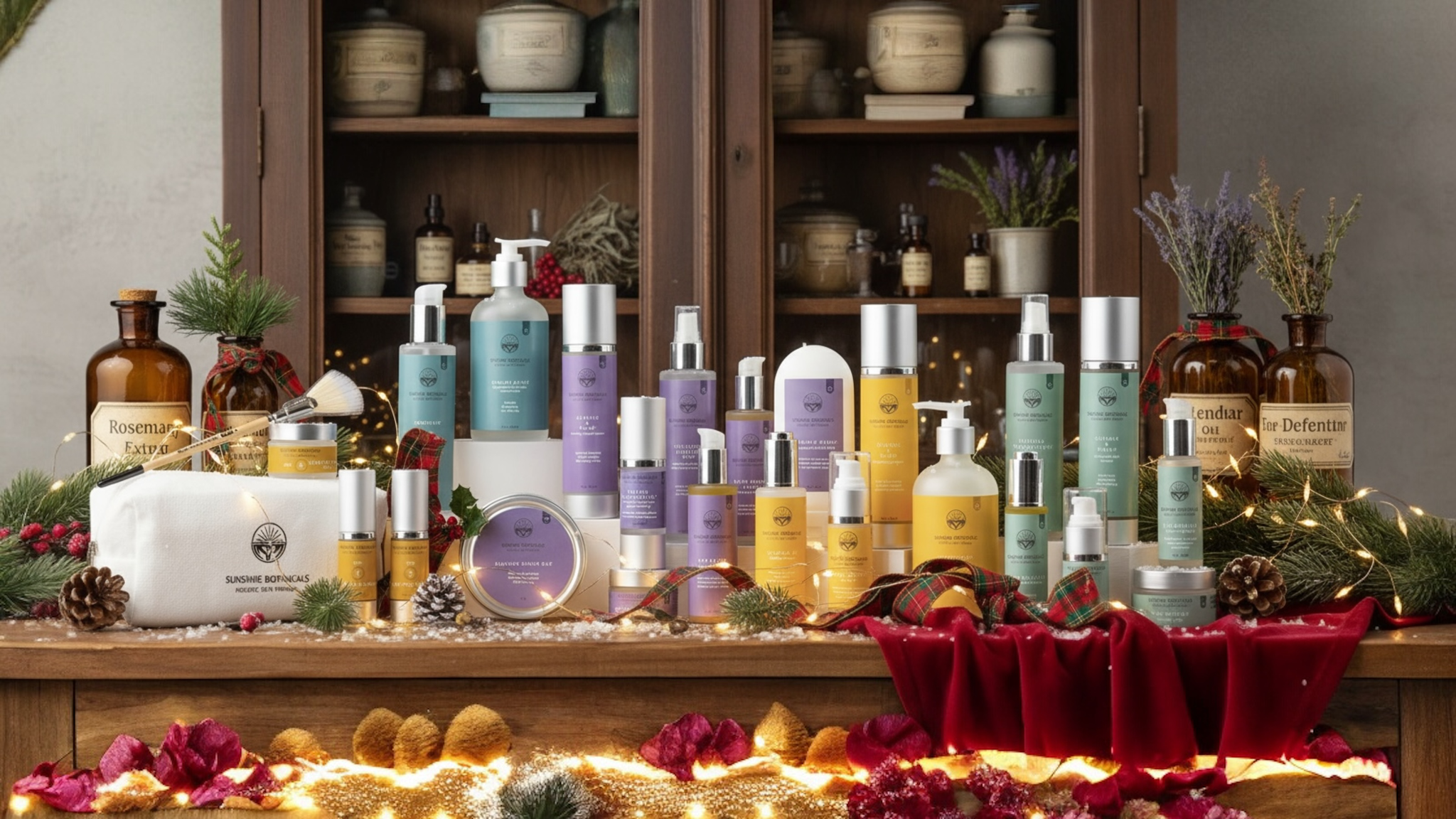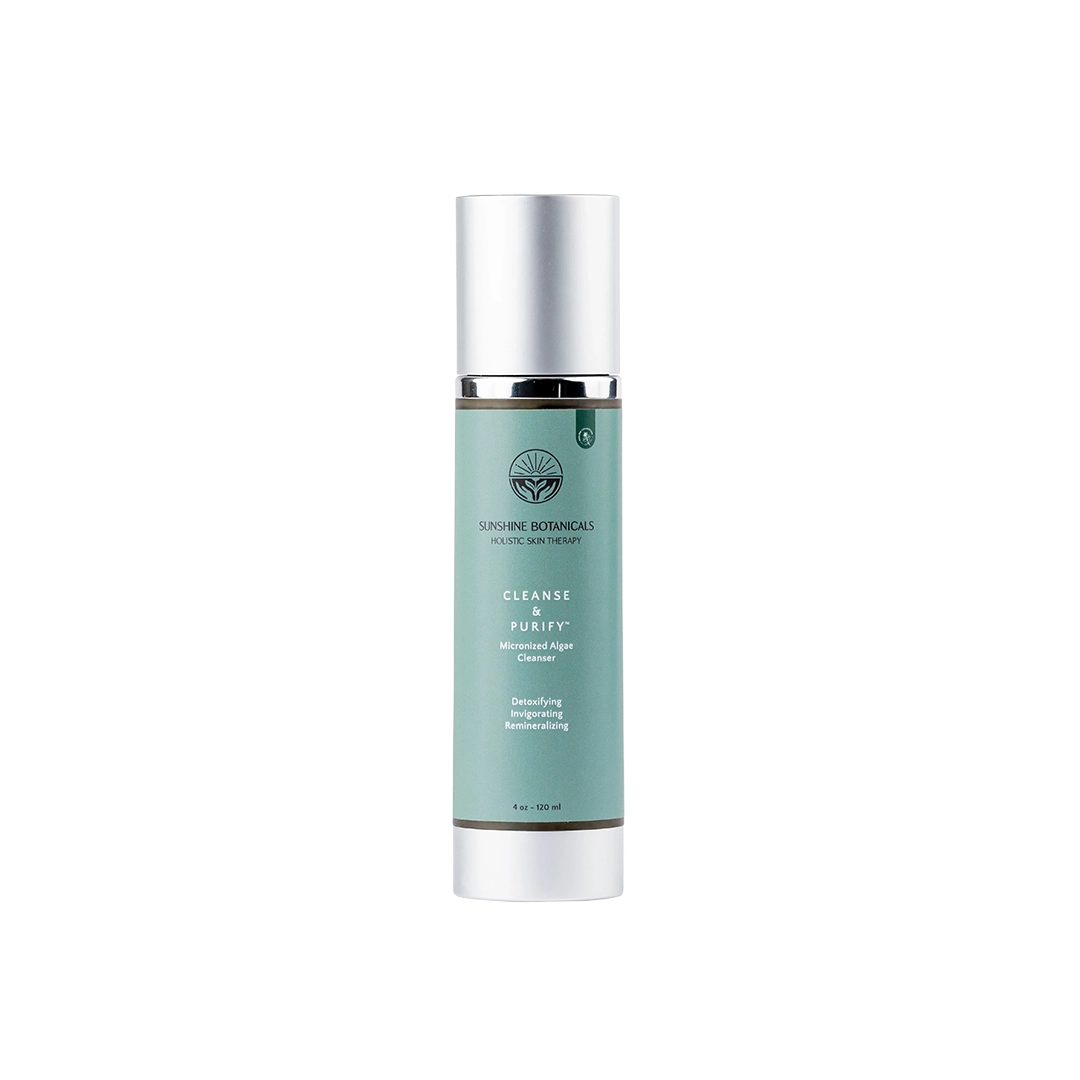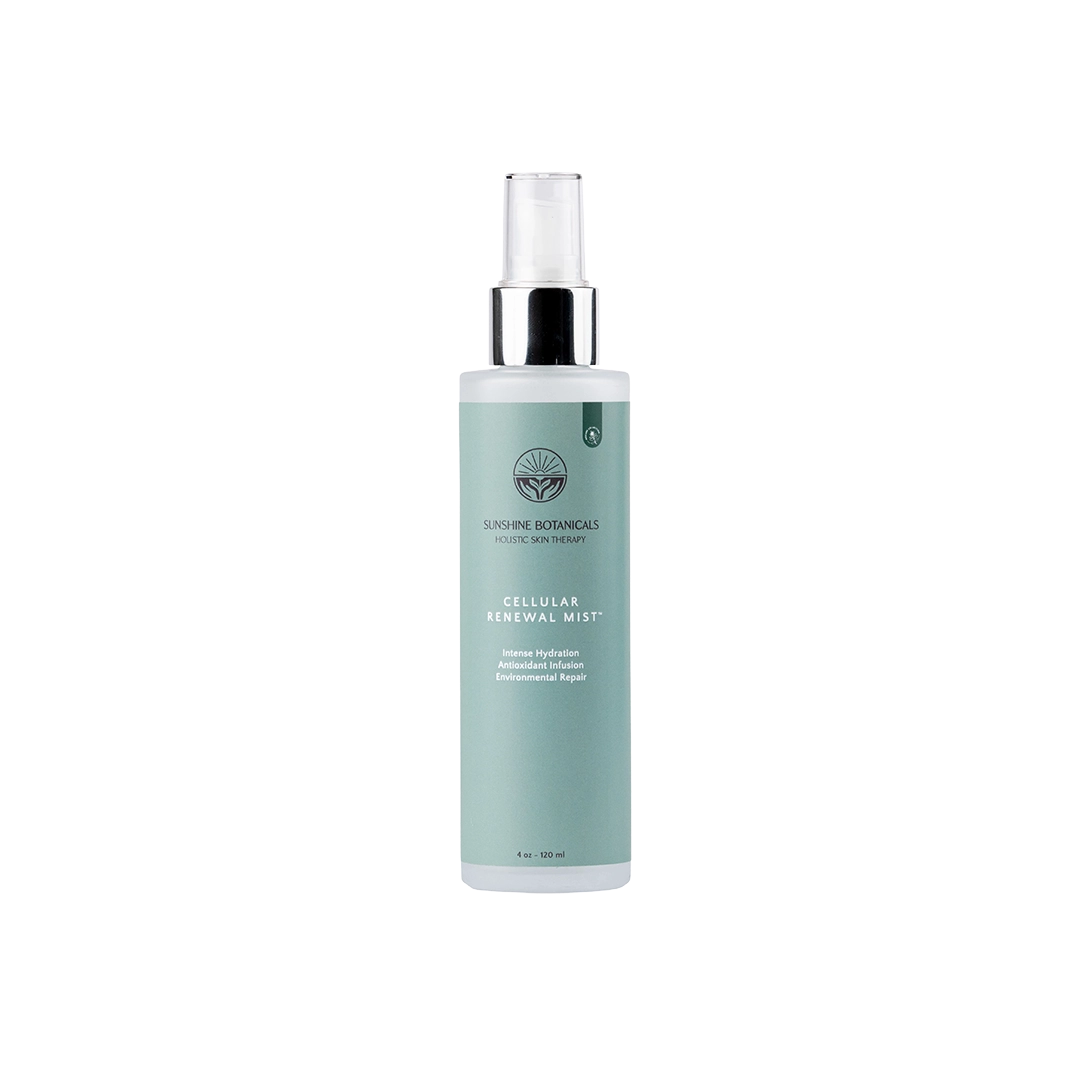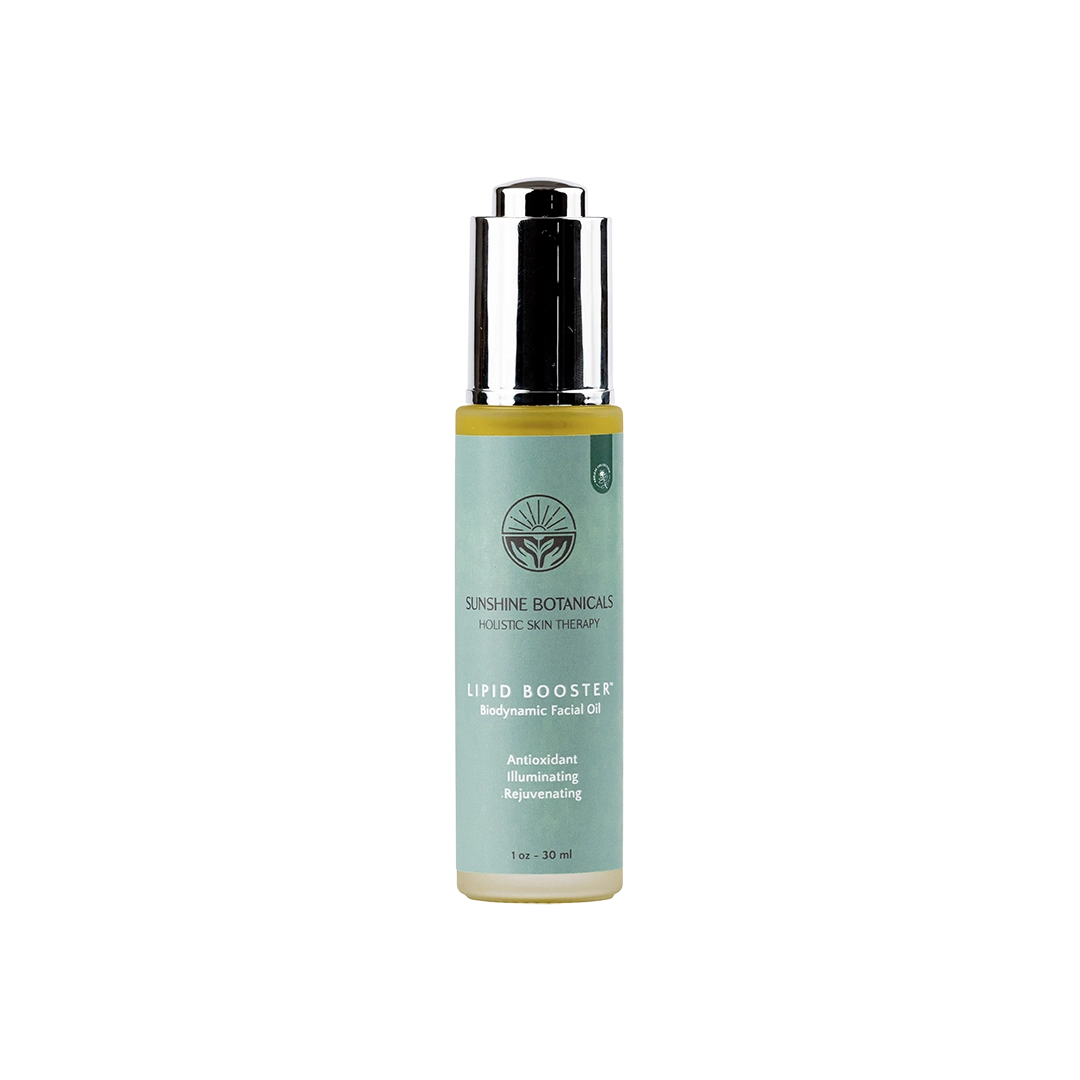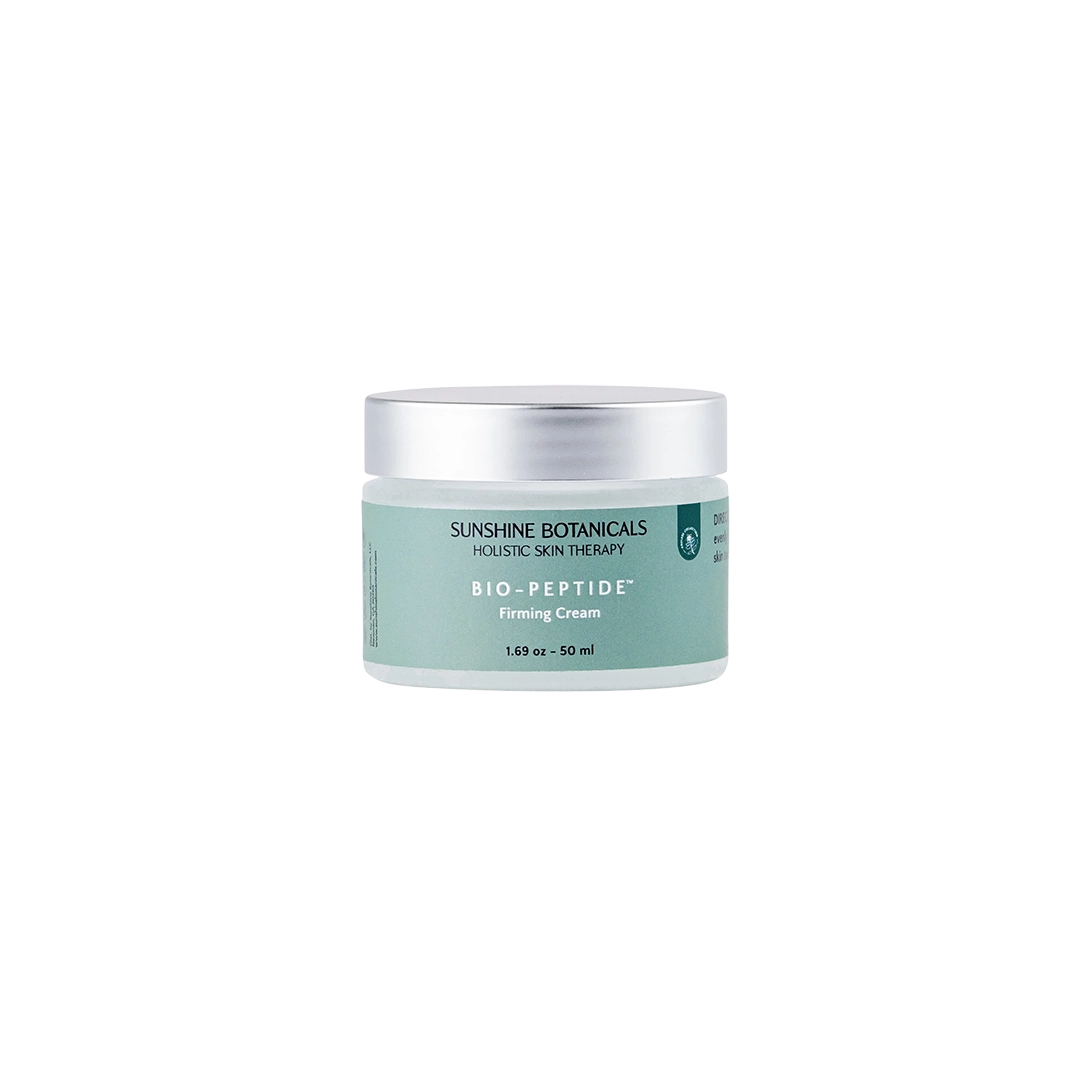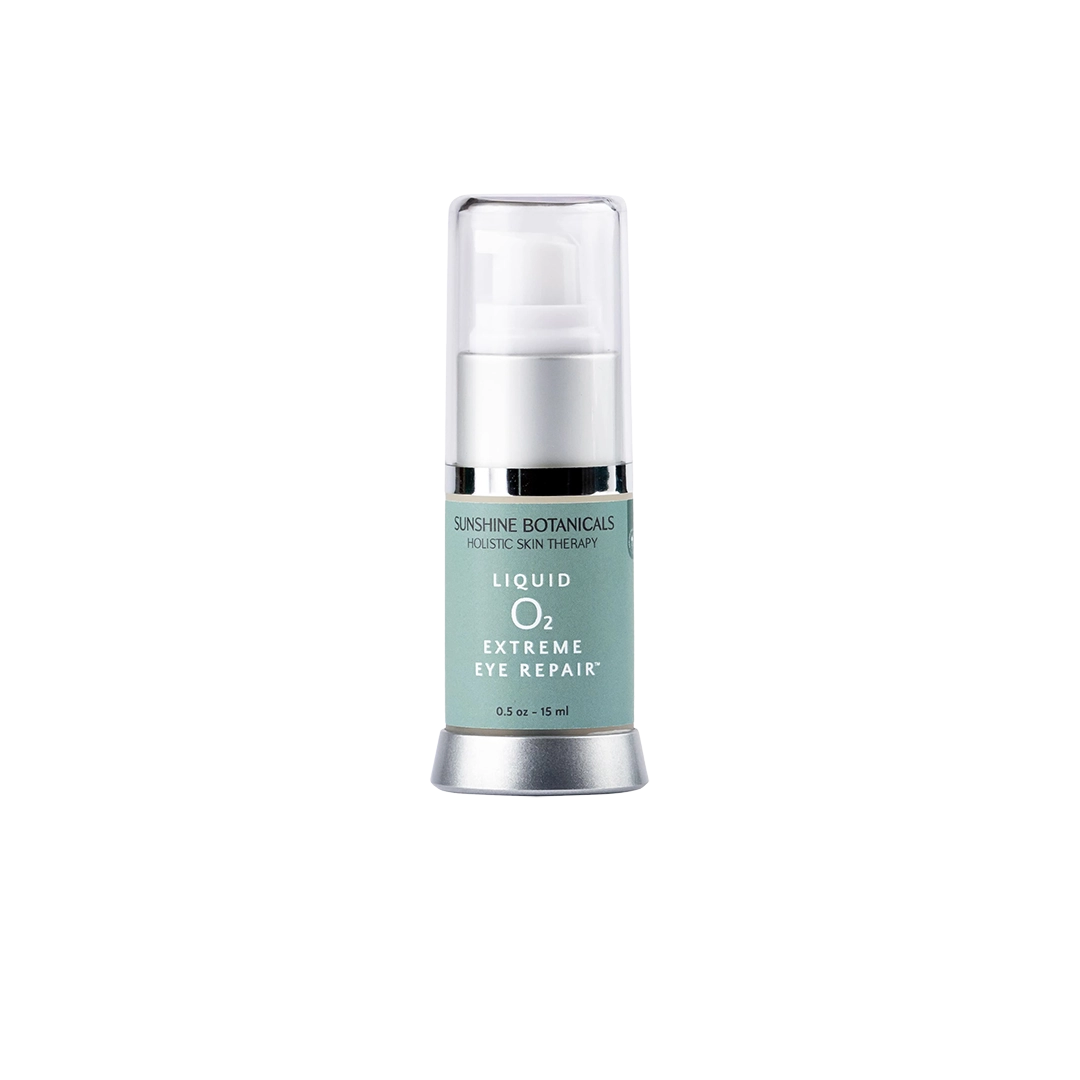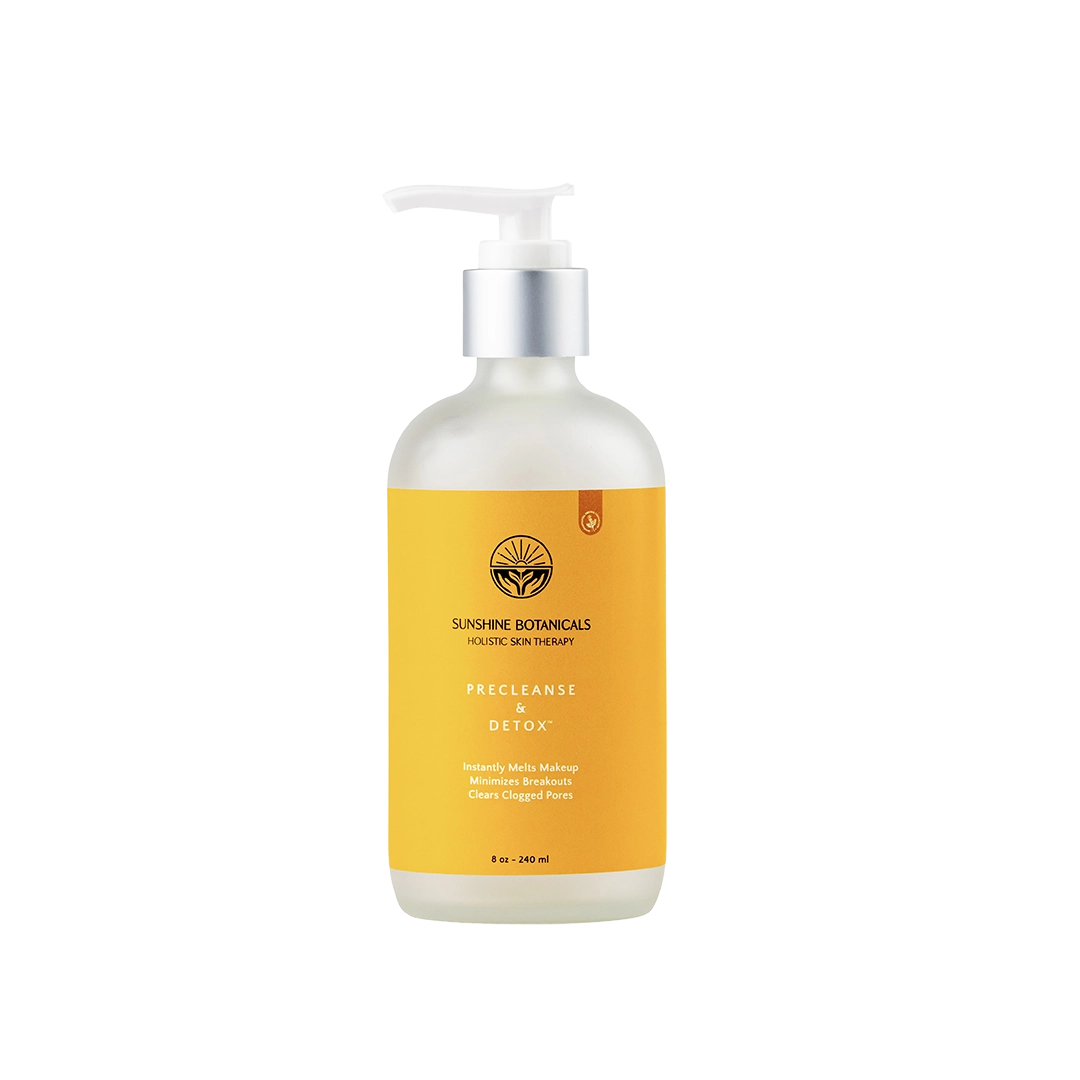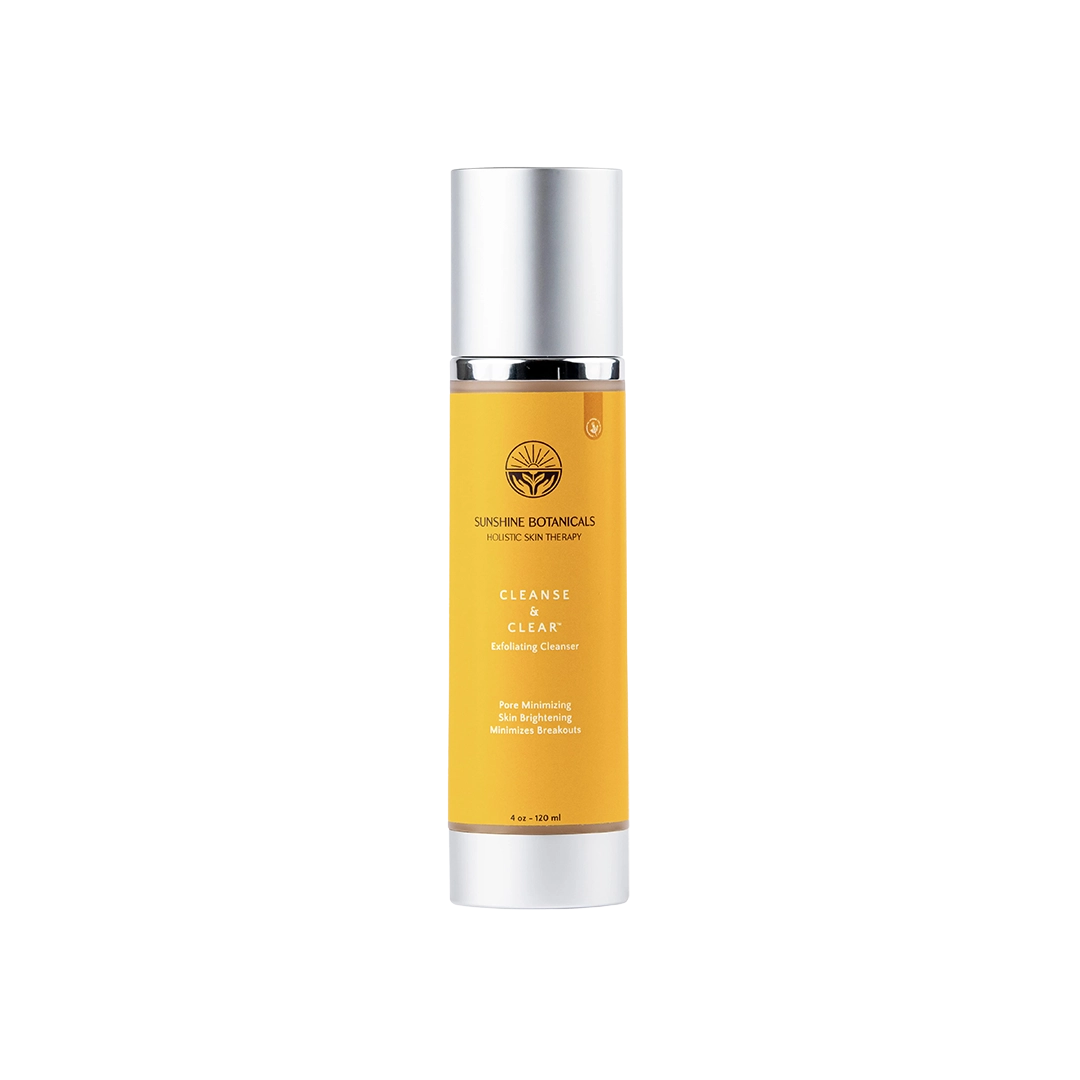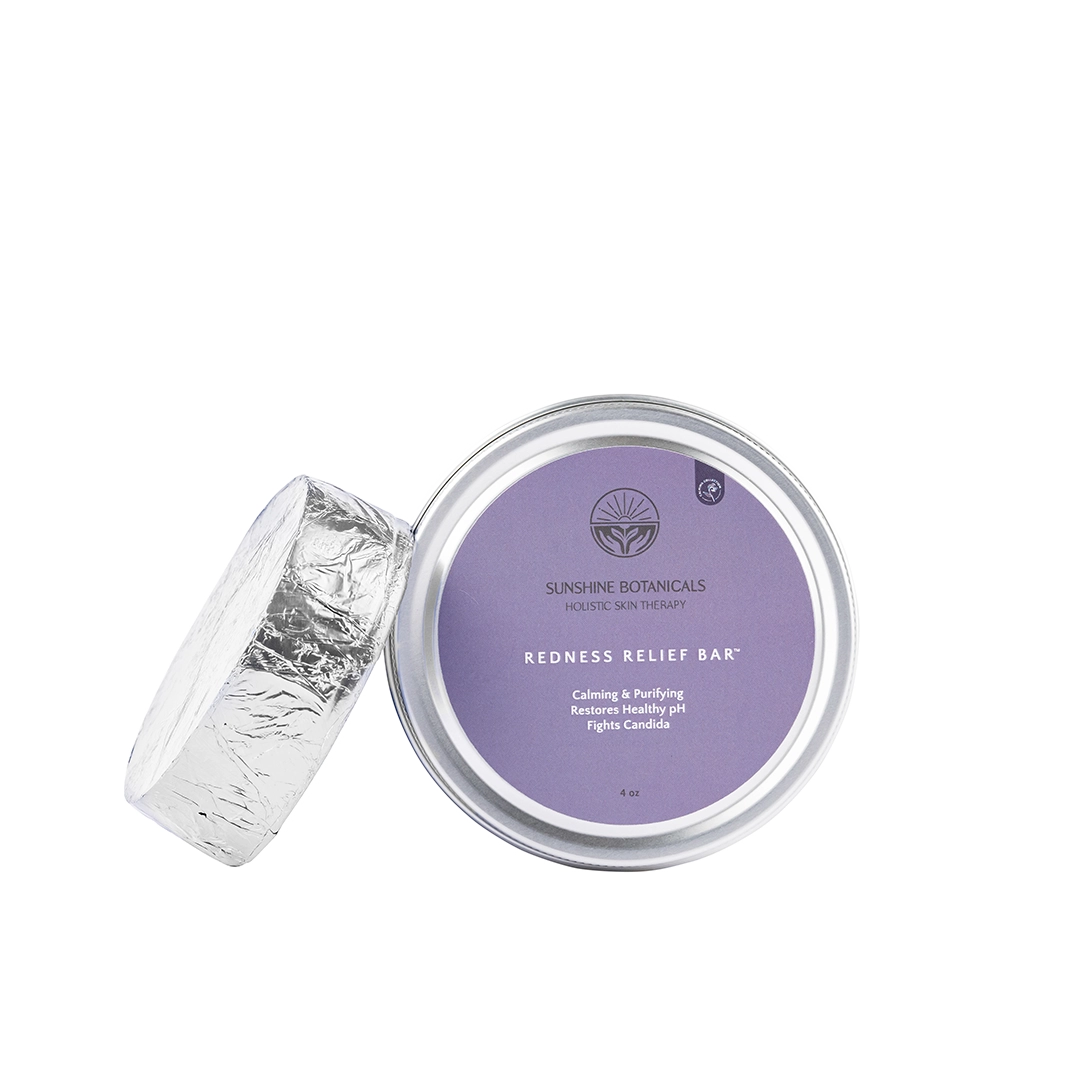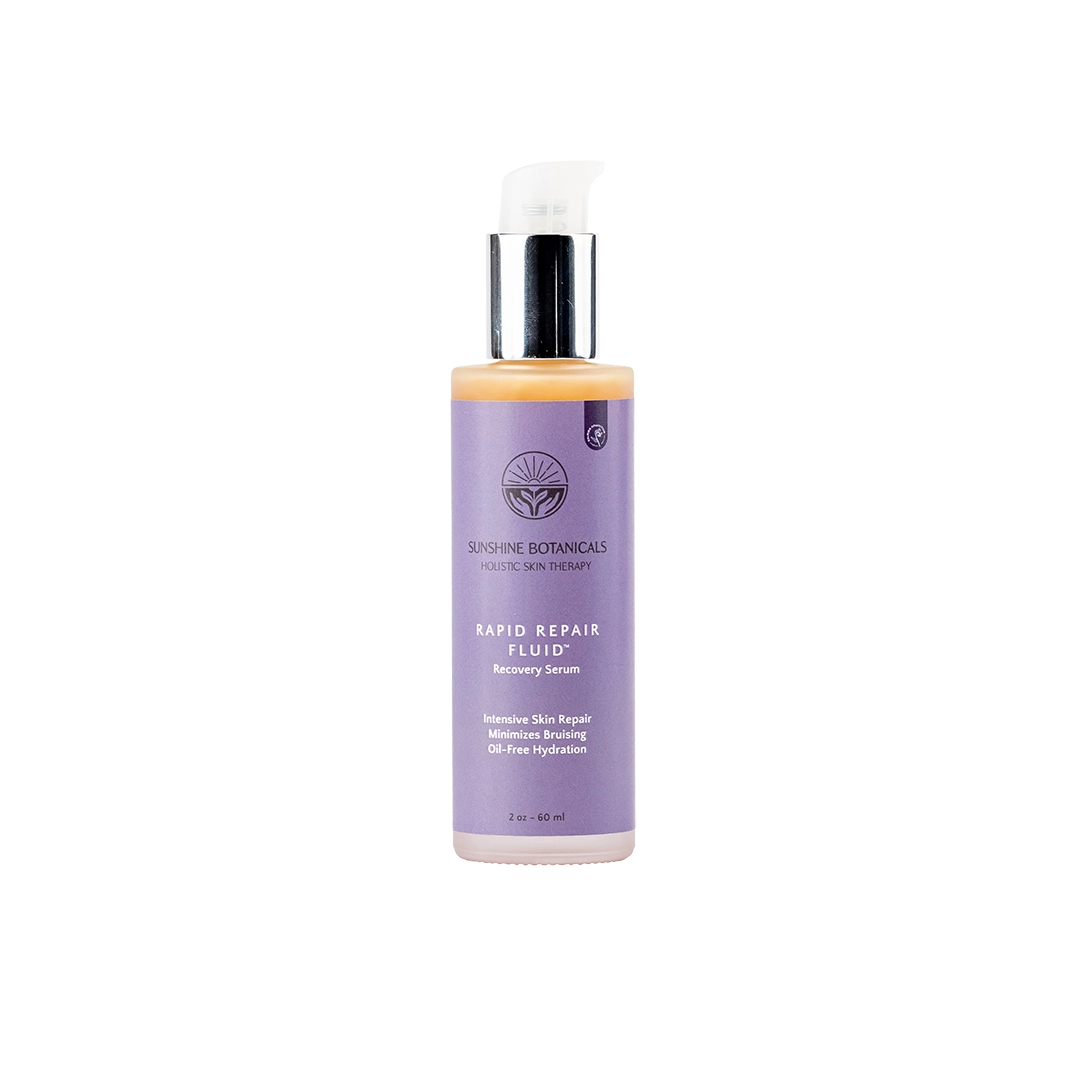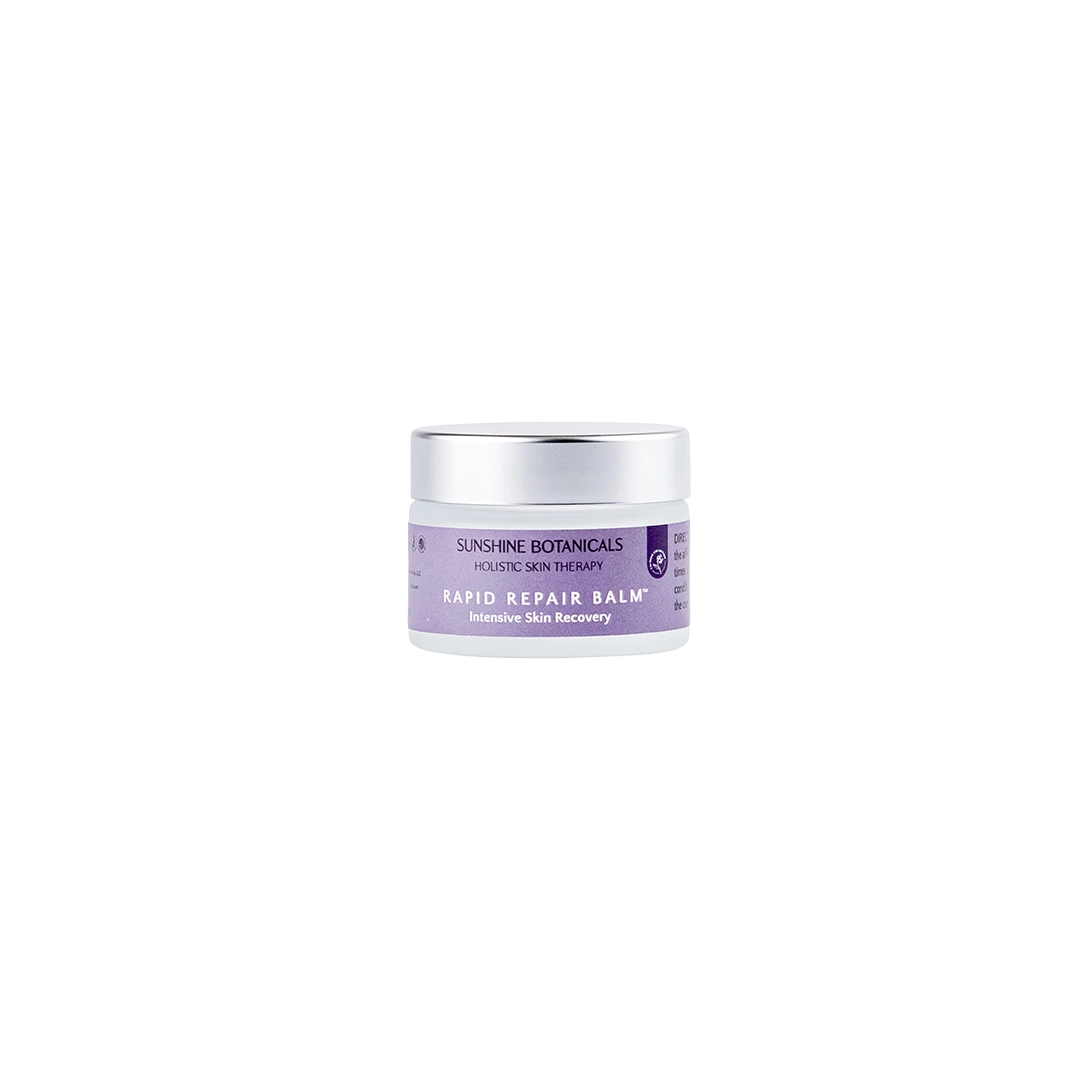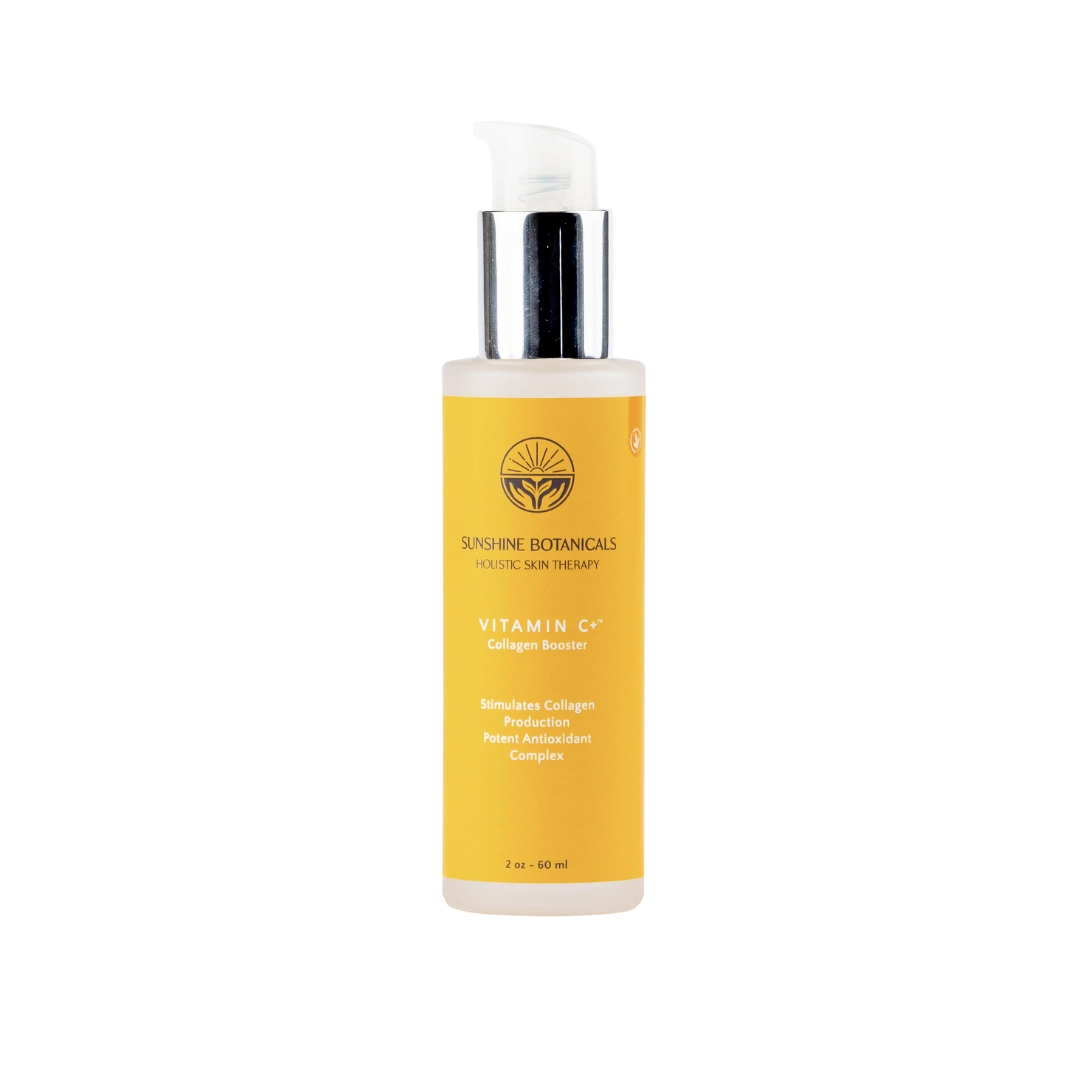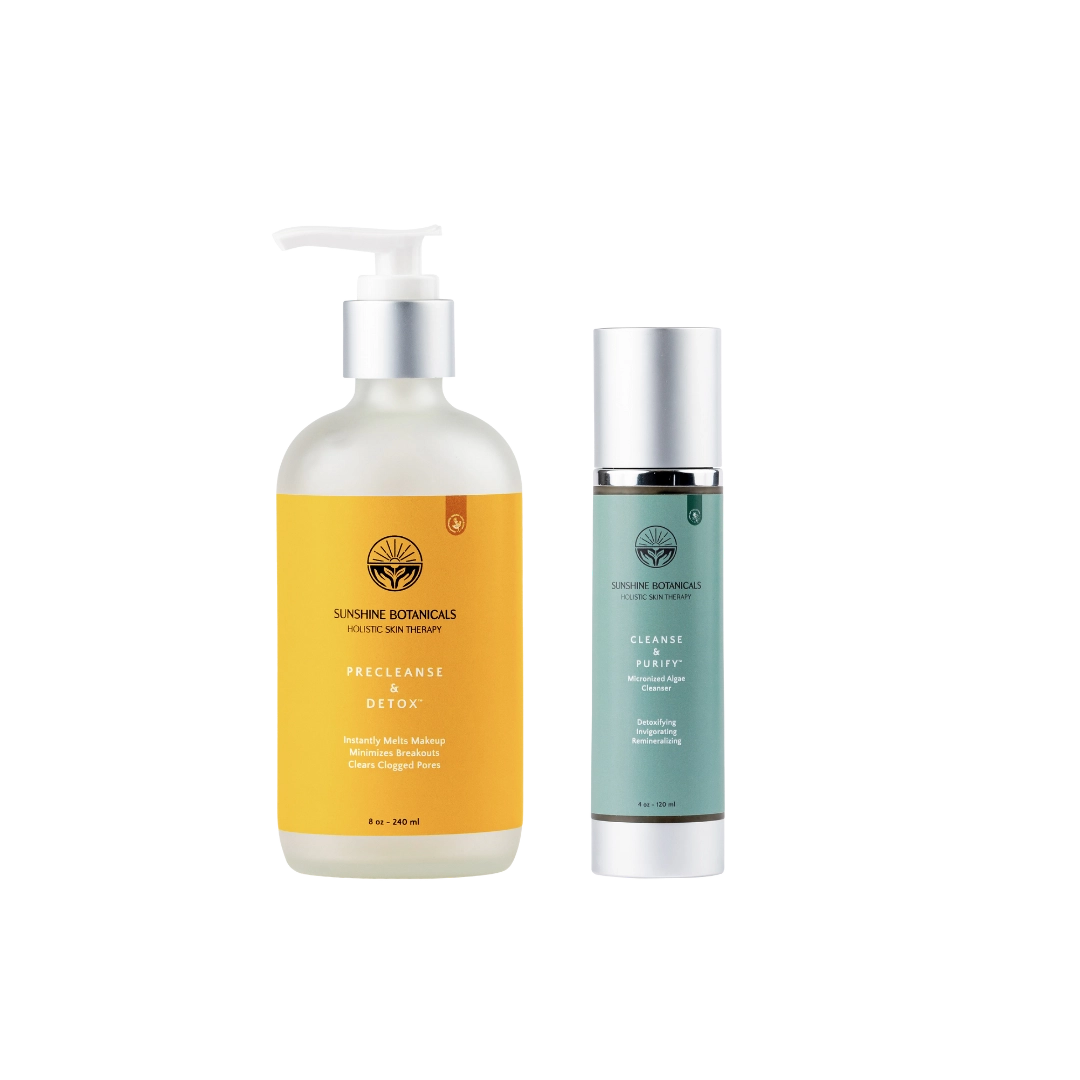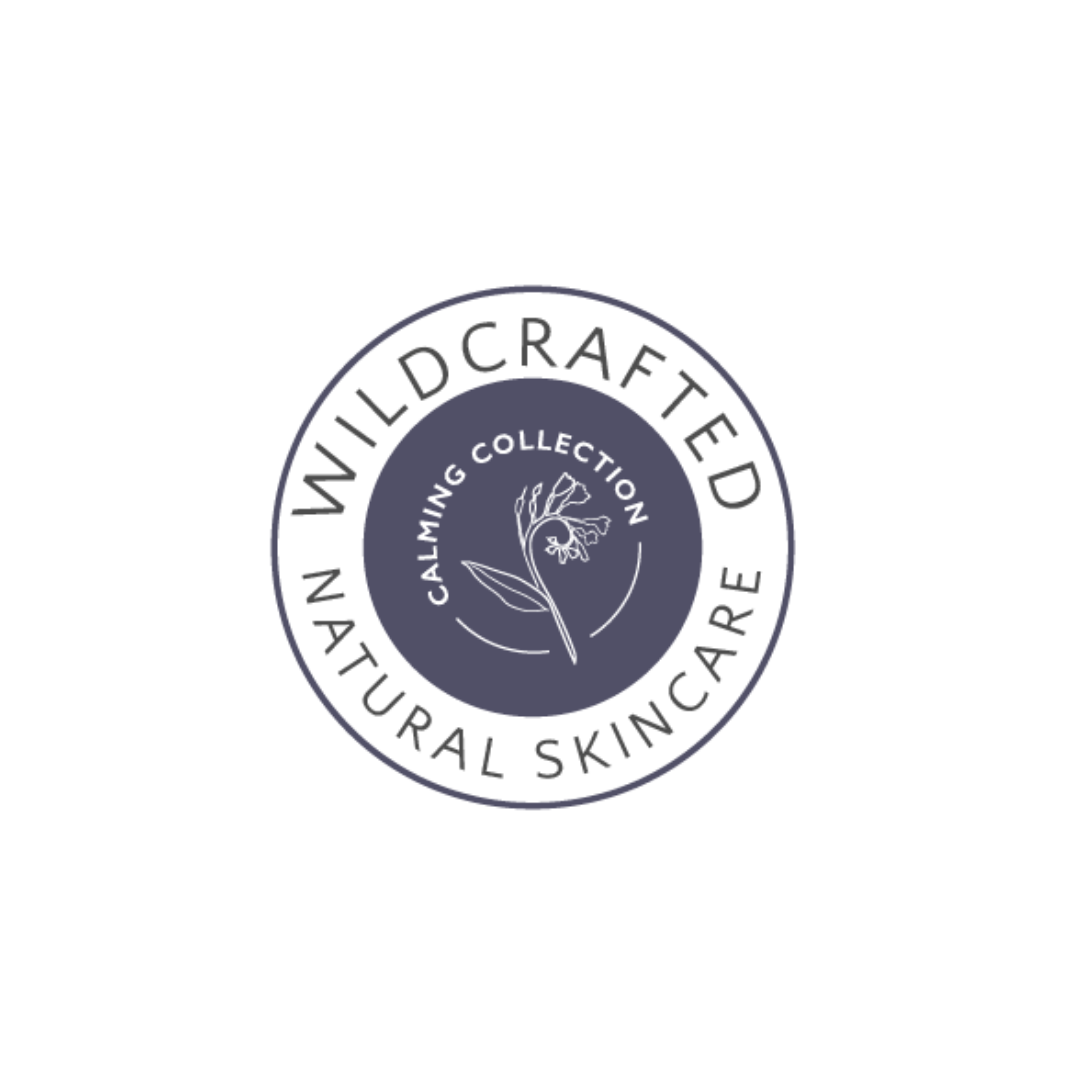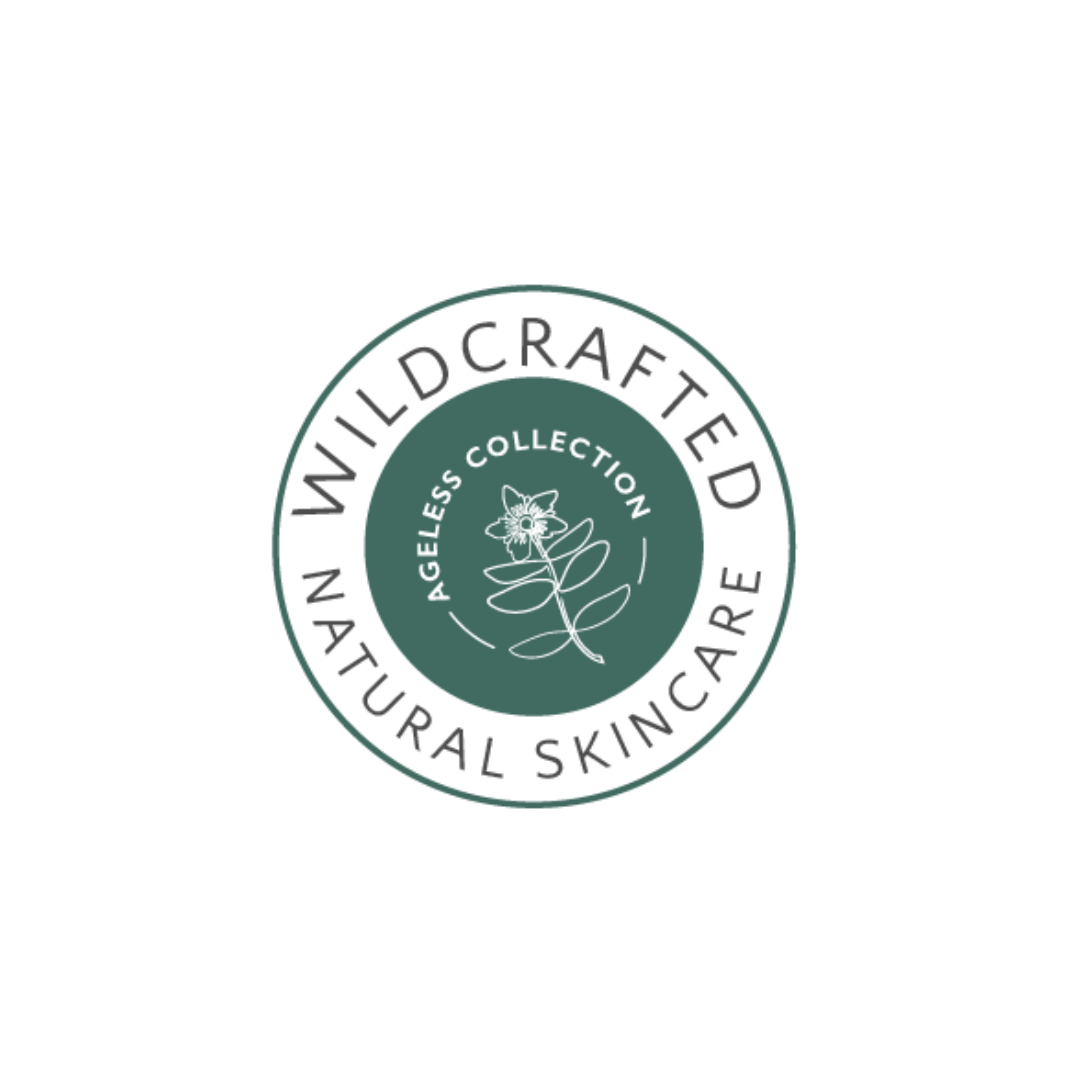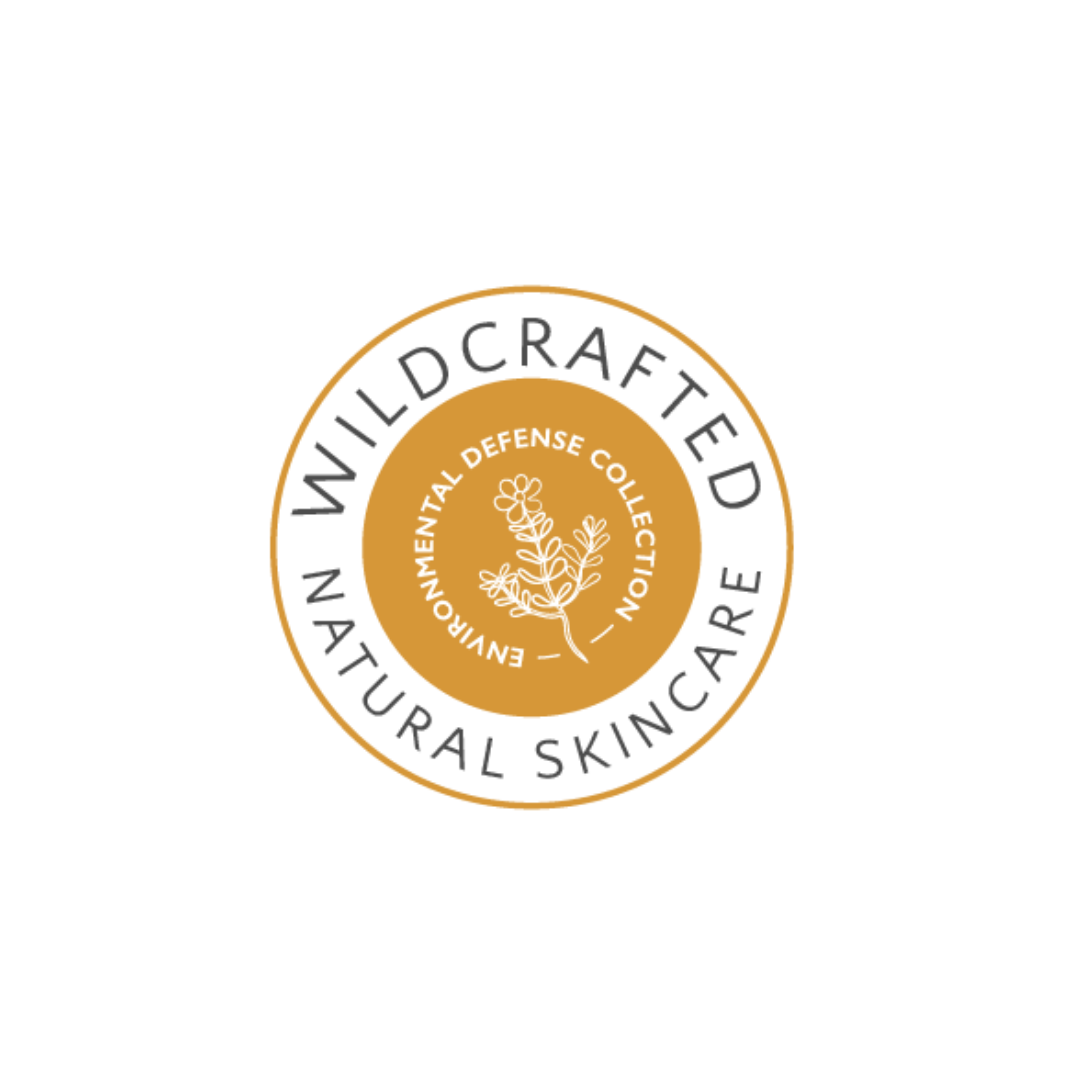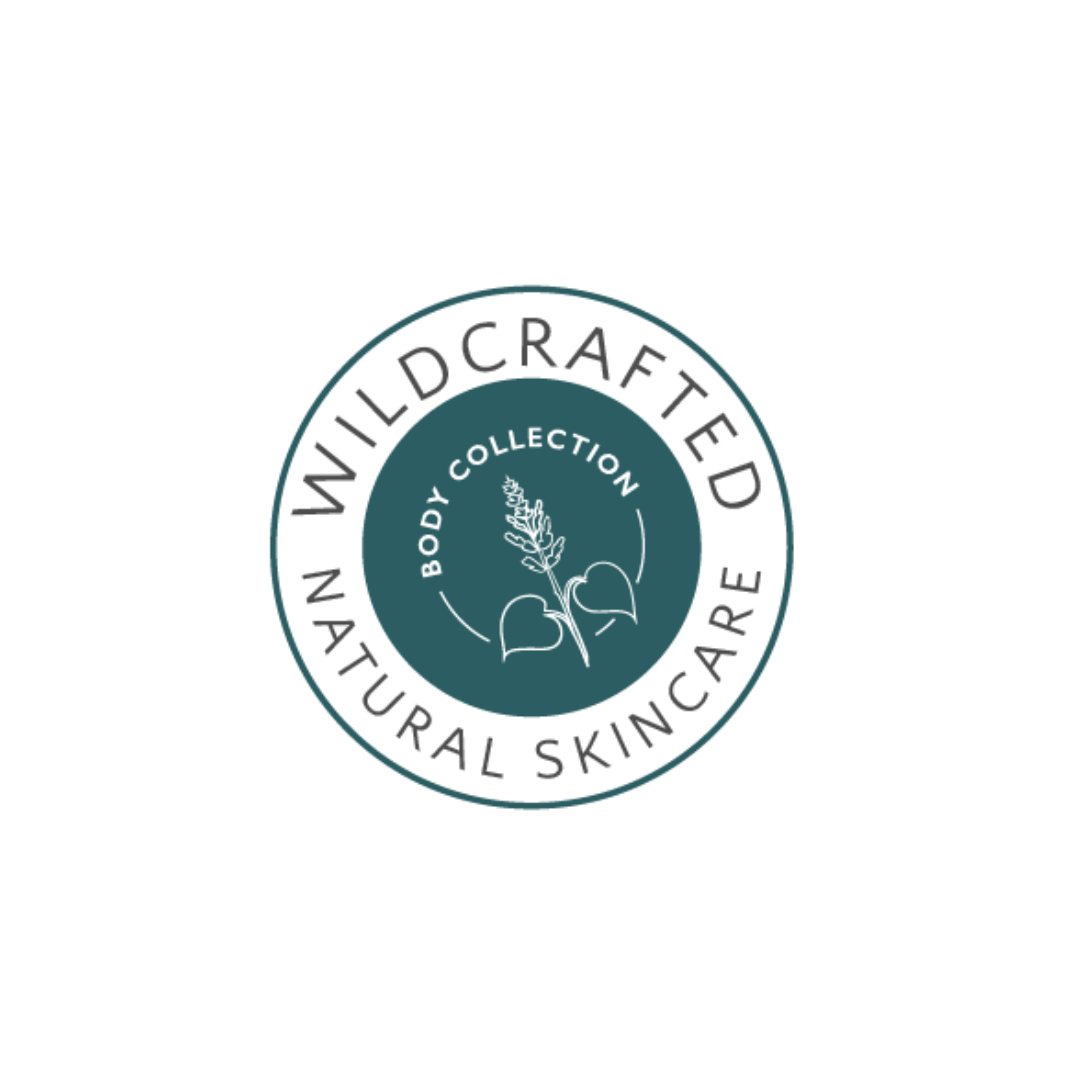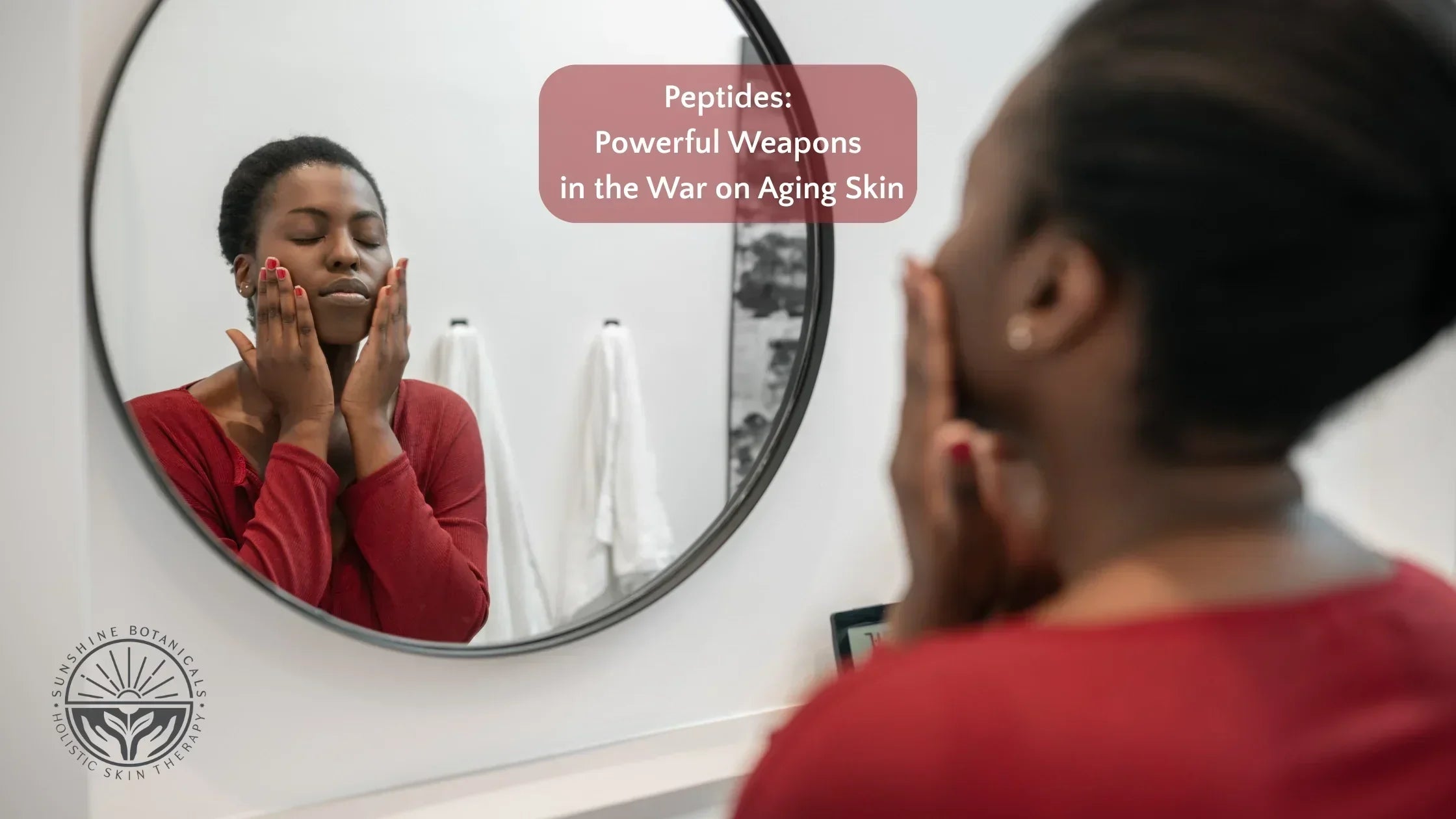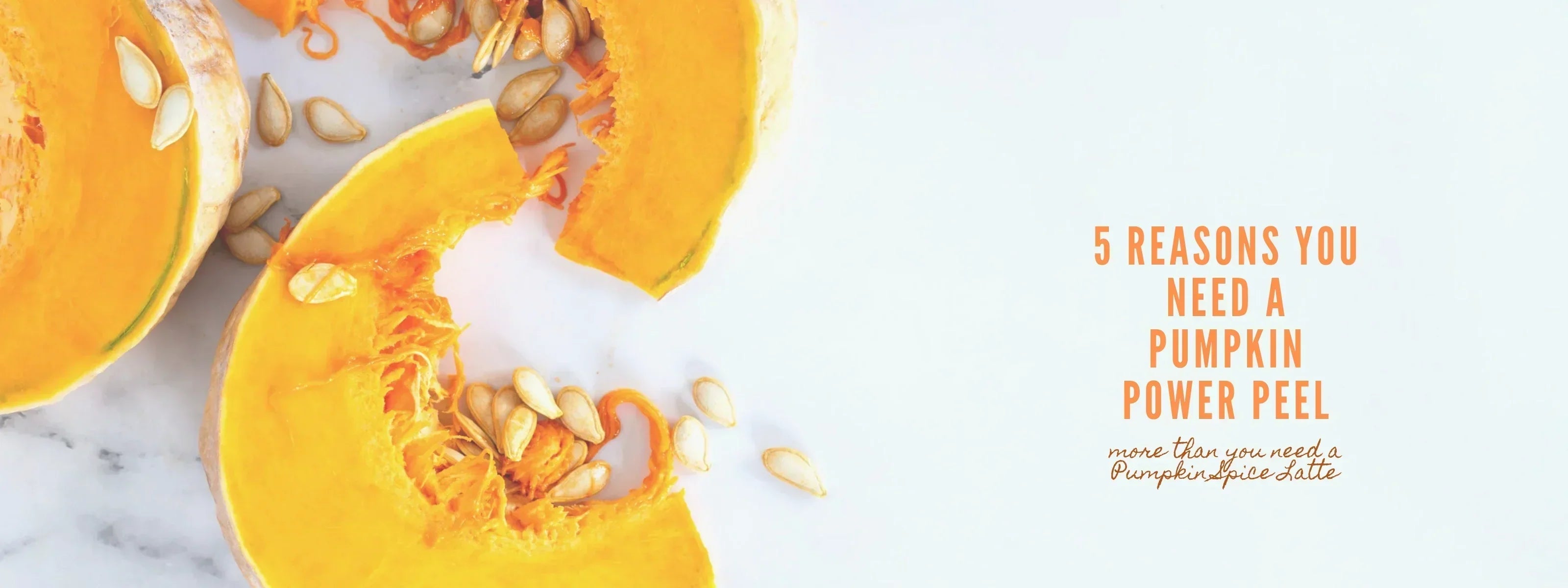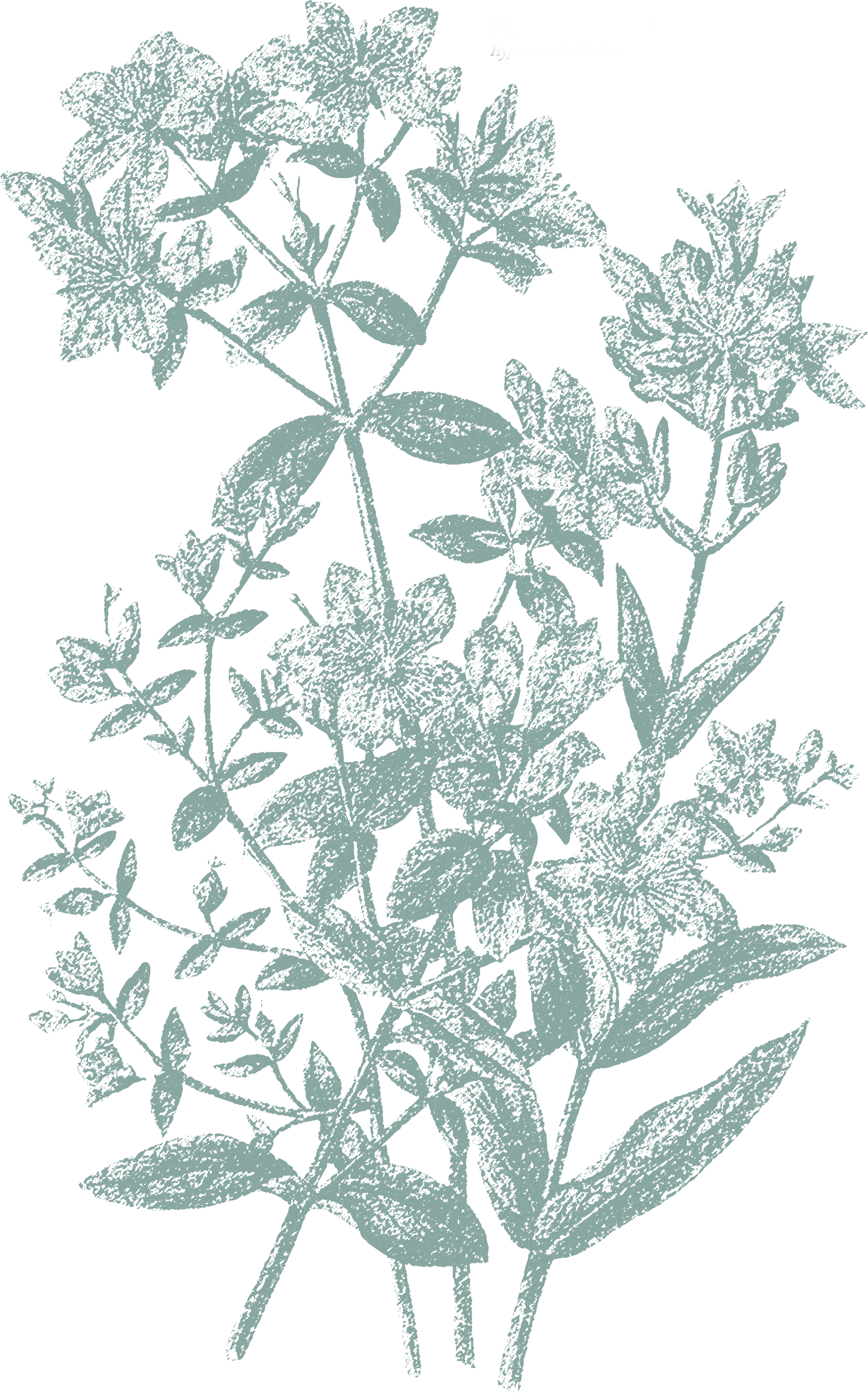Our best sellers
Our selection
Product of the week
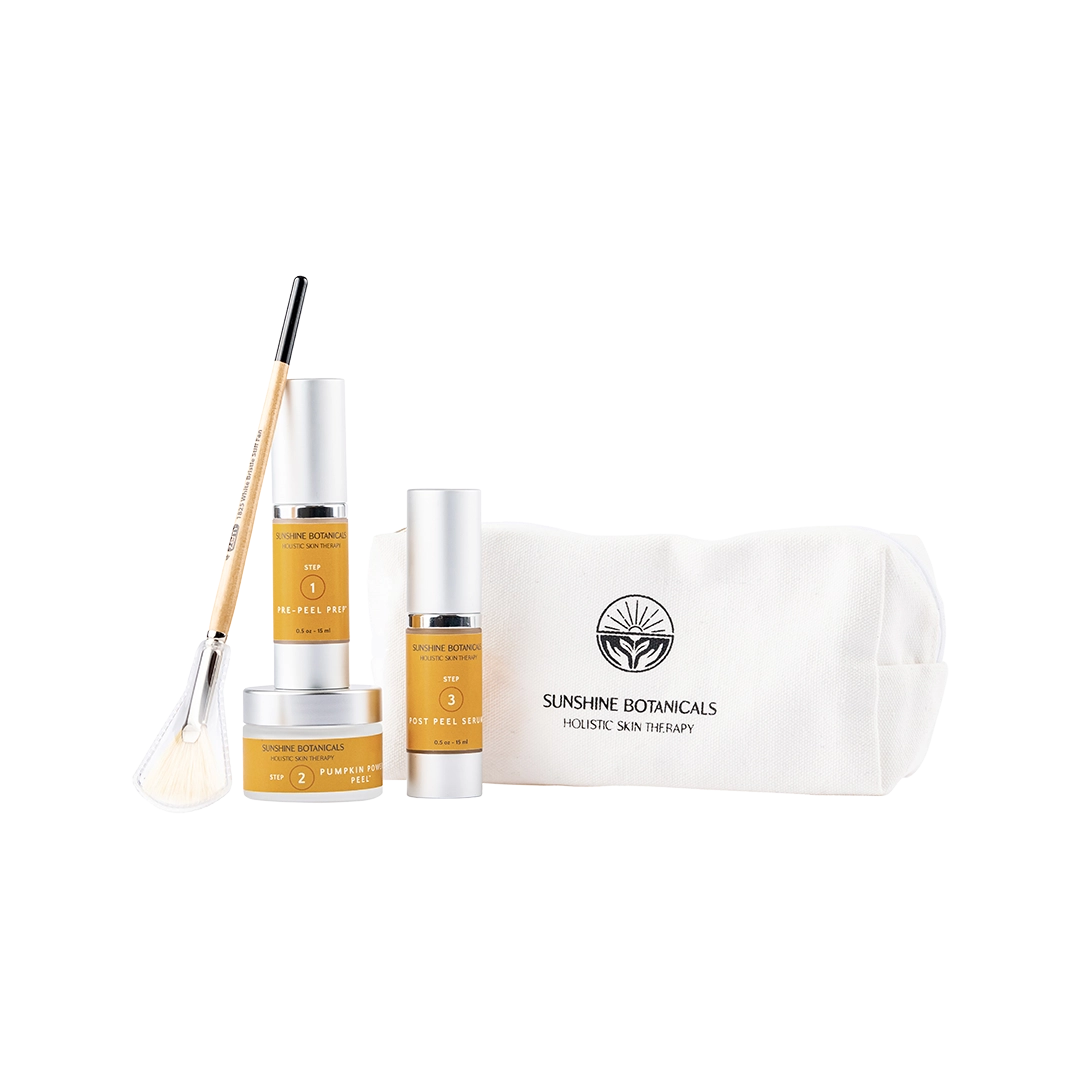
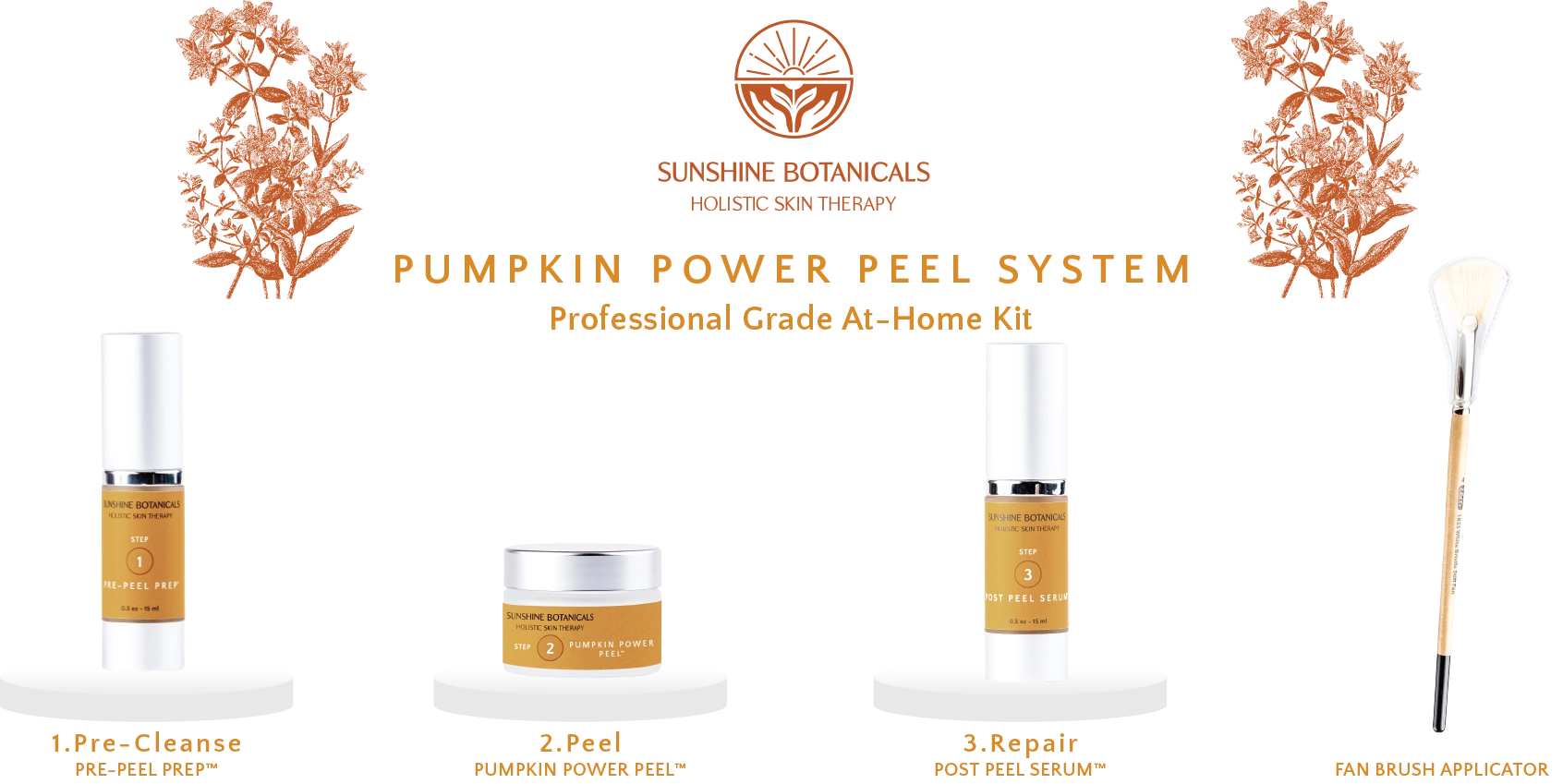

Real Results, Real People
Testimonials
Amazing products!!! I’ve used SB for 30 years!!!
You will love them!!!
Cleanse & Clear–I have tried a lot of cleansers over the years, but this is the only one that has actually decongested my pores and cleared them up! I had a lot of under-the-skin blemishes, and other cleansers did nothing to fix the problem. It wasn’t until I started my new routine using the Sunshine Botanical products that I finally had success!
J Silva
Cleanse & Calm –I love this cleanser!
I found your products while searching for natural products I could use that wouldn’t trigger my Perioral Dermatitis. It’s so gentle, yet very effective at cleaning and softening my skin. So glad I found your amazing products!–Lori R
Lori R
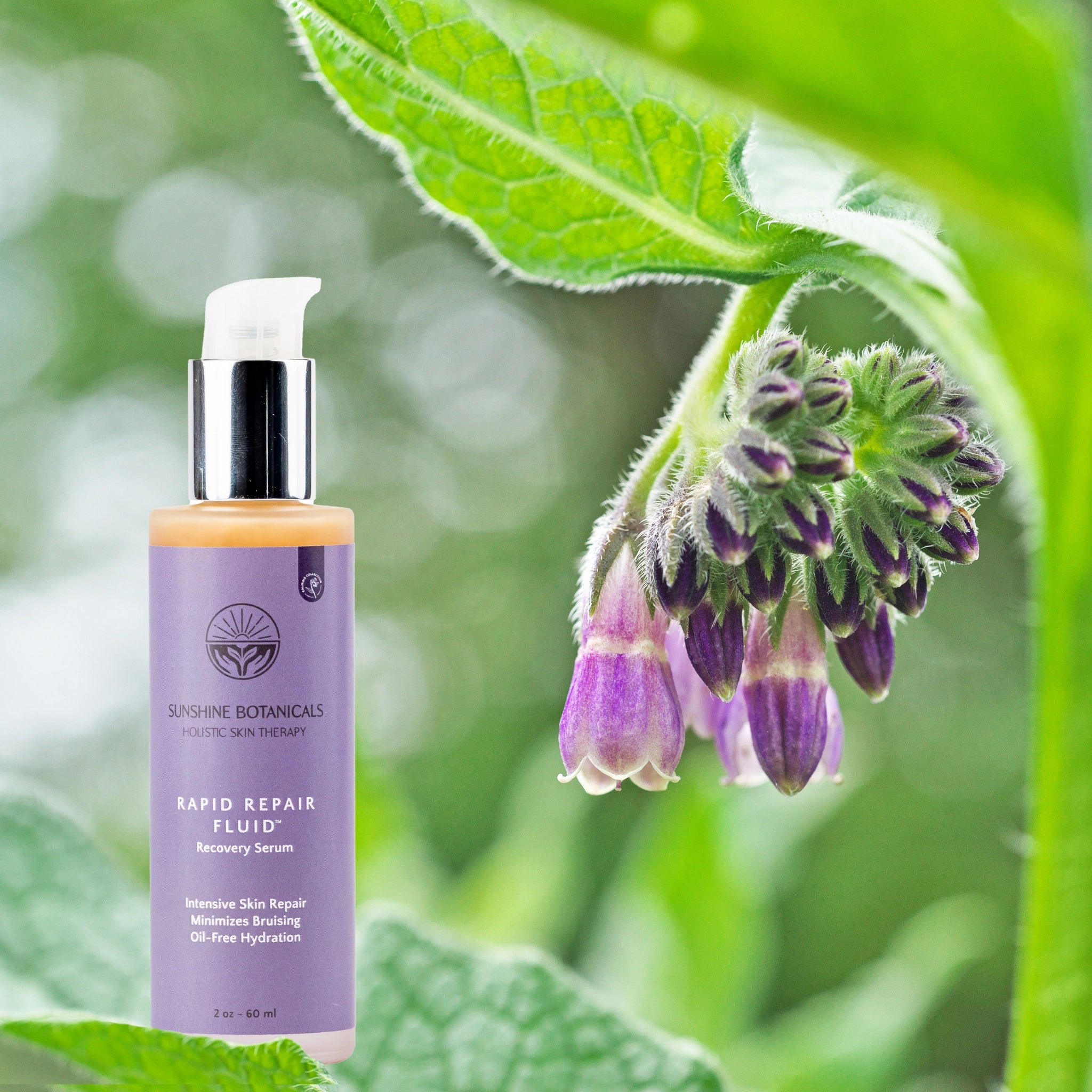
This project began with two creative minds, united by both passion and purpose. From day one, the goal was clear: to build something meaningful together. What started as a simple idea turned into a first product launch—and the beginning of a lasting journey.


